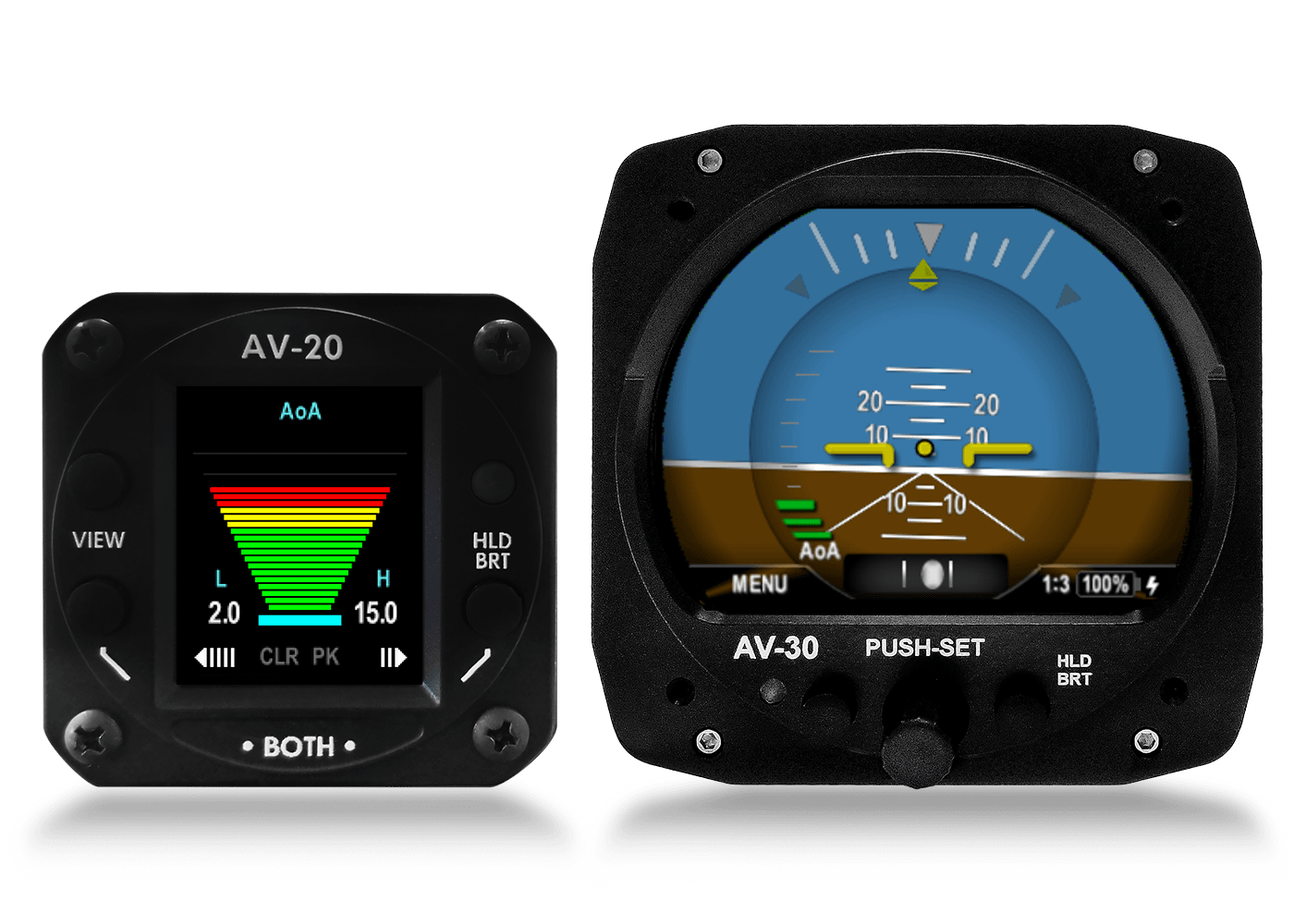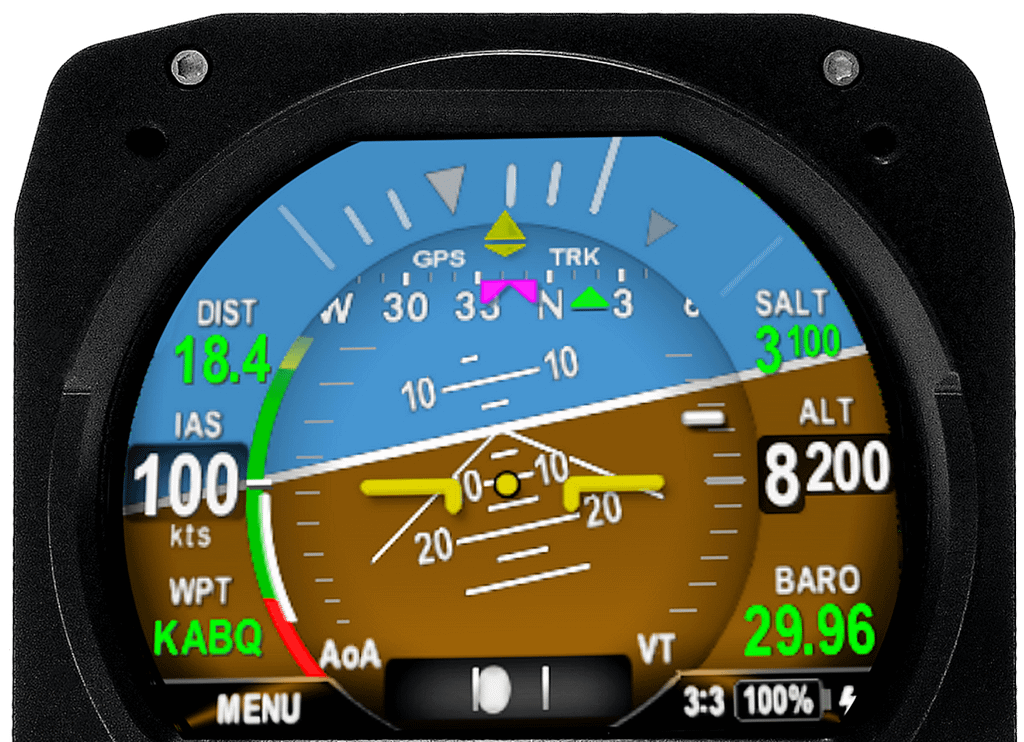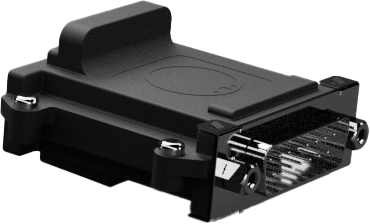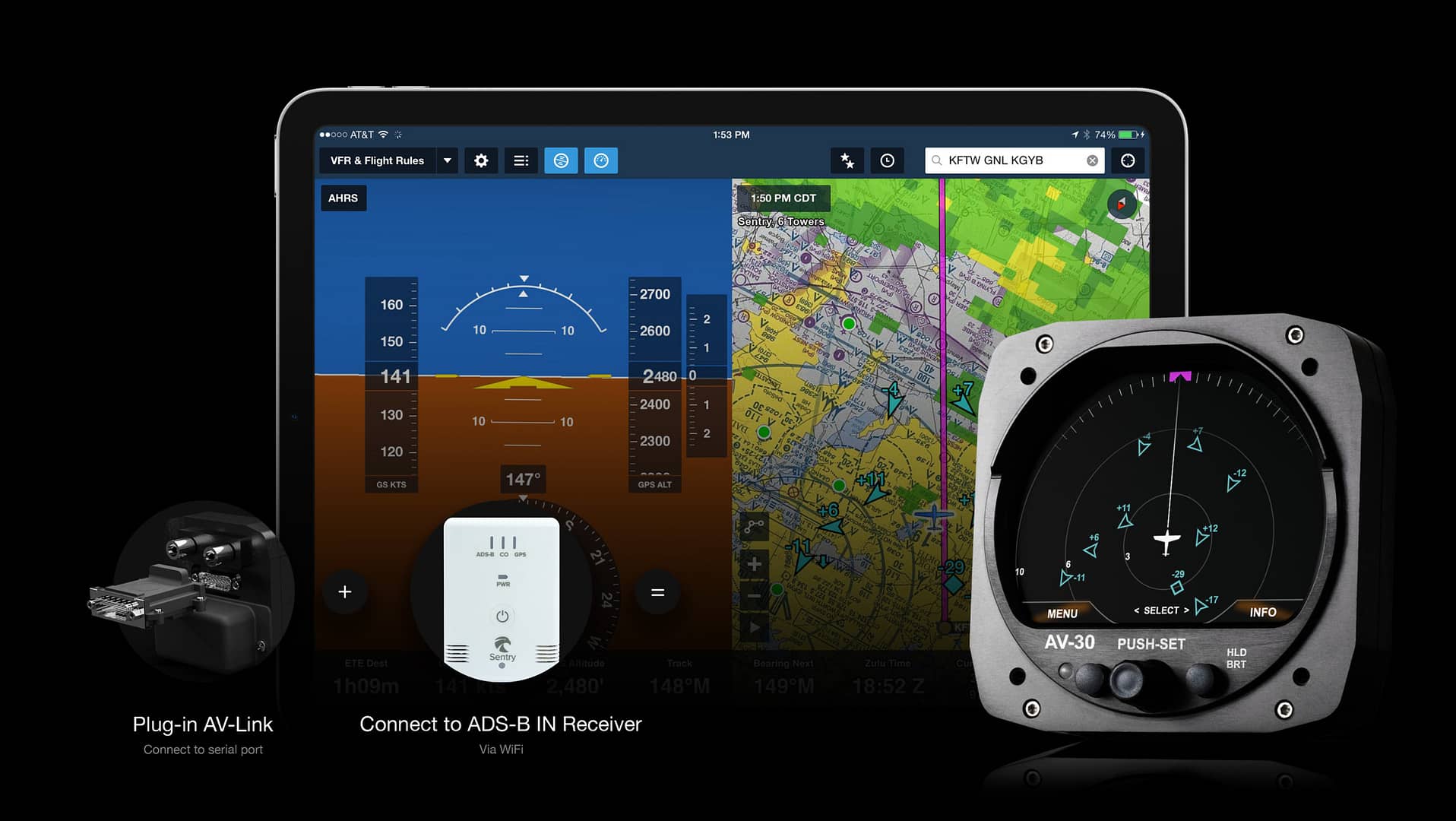Fits in Your Panel
Cutting-Edge Technology Without the Cutting
AV-30 fits in your existing 3” panel slot seamlessly. By mounting from behind, it preserves the “round dial” look, and eliminates the need for cutting or replacing your panel.
14-In-1 Functionality
Customizable Display
- Primary Attitude
- Primary Slip
- Primary Direction Indication
- Probeless Angle Of Attack
- Indicated Airspeed (KTS/MPH)
- Altitude / Vertical Trend / Alerter
- +8 / -8 G-Meter
- OAT / TAS / Density Altitude
- Bus Voltage
- GPS Navigational Data Overlay
- GPS HSI / 360 Rose / Arc Map Mode
- Customizable Colors, Fonts, & Layout
- Audio Alerts (AoA, G, Roll Limits)
SCROLL TO VIEW MORE
tailBeaconX Now Available
Transponder Control
Travel beyond borders with tailBeaconX, the globally accepted, Aireon enabled, 1090/ES ADS-B Transponder. AV-30 paired with tailBeaconX allows you to easily set your mode and squawk while enabling additional functionality to AV-30.
Probeless Angle of Attack
Avoid Stalls
The AV-30 alerts you visually and aurally if you approach a dangerous AoA. AoA is calculated by comparing the aircraft’s pitch, flight path, and G-loading.





